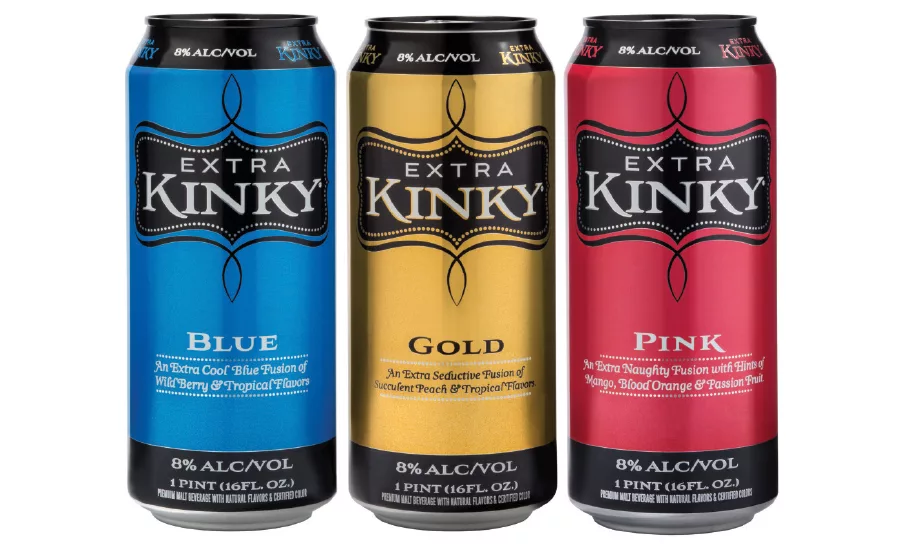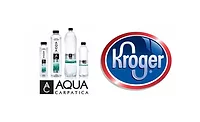Consumer trends change category management, merchandising
Health and wellness beverage trends drive in-store product selection

It’s no secret that the beverage industry has evolved during the past decade or so. With new demands from consumers, beverage-makers
have developed new products that provide function, low or no calories and flavor. “[W]e know that changing lifestyles and preferences of Americans is what drives our industry,” says Susan Neely, president and chief executive officer of the American Beverage Association (ABA), Washington, D.C. “To meet this demand, our member companies are being more innovative than ever to provide consumers what they want — whether that’s new beverage options that fit their lifestyles or clear calorie information so they can make more informed choices.”
As beverage-makers accommodate consumers’ changing preferences, retailers are tasked with filling their aisles with a new assortment of beverages, particularly those with a continued drive toward health and wellness. “In 2000, liquid refreshment beverages [LRBs] with less than 5 calories made up only 39 percent of the full LRB market,” Neely says. “In 2014, zero-calorie LRBs made up 46.4 percent of the LRB market. The beverage industry is in a new age, one in which every American will find something in the beverage aisle that they enjoy — and there’s a lot more to come.”
However, driving store sales is always top-of-mind, and experts note that studying consumer insights and further delving into category management will be essential for future growth. “Category management is more important than ever before because competition among many blurred retail channels is giving shoppers more choices for shopping venues,” says Kaye Young, senior vice president of shopper marketing and consumer insights at Wimberley, Texas-based The Category Management Association (CMA).
According to Barrington, Ill.-based Willard Bishop’s Senior Director Jon Hauptman, retailers are using advanced analytics with activity-based costing principles to make better space allocation decisions. They also are looking beyond sales and gross profit to better understand the true profit, he says.
“Retailers are increasingly investing in, and adopting, advanced analytics resources (systems and people) to better understand shopper needs and tailor assortment, pricing and promotions accordingly,” Hauptman explains. “While base price optimization [has been] widely applied across the industry over the past 10-plus years, now we’ll see retailers adopting promotion optimization that will ensure they offer the ‘right’ promotional price points on the ‘right’ vehicles.”
This results in a new challenge for beverage suppliers, according to Hauptman. “The biggest change for beverage suppliers will be to work more closely with retailers to build promotions tailored to the retailer’s (and their shoppers’) needs and behaviors,” he says. “Retailers will no longer eagerly accept a beverage supplier suggesting the same promotion at the same price as last year. Instead, retailers will be applying their advanced analytics to identify better promotional options.”
Merchandising opportunity
Having the right product to meet consumers’ needs is essential for any retailer, but putting that product in the right location is just as important, experts say. According to CMA’s Young, just as consumers’ tastes have changed, the way they shop also has changed and should be accommodated to increase sales.
For example, baby boomers have driven major snacking and convenience trends that retailers have responded to with product offerings. Yet, these offerings are not supported by merchandising that can further drive sales of these products, Young says.
“Retailers are responding to this trend by providing more convenient products and creating adjacencies, which make it possible for shoppers to find what they need easily and efficiently,” she says. “However, no one retailer has captured and implemented the snaking trends in their merchandising schema, forcing shoppers to walk wall-to-wall to find what they are looking for.”
Whole Foods Market has made strides by merchandising products by eating occasions, according to Young. “[B]ut no retailers have captured the need states of the food shopping population,” she says. “Retail grocery store layout still looks as it did 50 years ago even though we don’t eat or shop like we did 50 years ago. The retailer [can learn] that merchandising to the way shoppers eat will win.”
In line with this, Willard Bishop’s Hauptman also notes that merchandising by segment and individual store also can benefit sales. “Merchandising by store segment, and ultimately by individual store, is on the horizon,” he says. “This will require segment-to-store-level consumer decision trees and corresponding planograms. That way, retailers can best tailor their in-store offering to the needs of the neighborhood.”
Additionally, Viajay Sarathi, analyst at Technavio, London, says that cross merchandising also can offer benefits. “… Cross merchandising of beverages with similar categories, such as juices with bottled water and bottled water with spirits, will pay off well for retailers,” Sarathi says.
Sarathi also highlights several other strategies that retailers can use to boost beverage sales, including Kinter’s K-Ads, point-of-purchase display LEDs and cooler door LCD units, as well as ambient display racks.
Looking for a reprint of this article?
From high-res PDFs to custom plaques, order your copy today!





